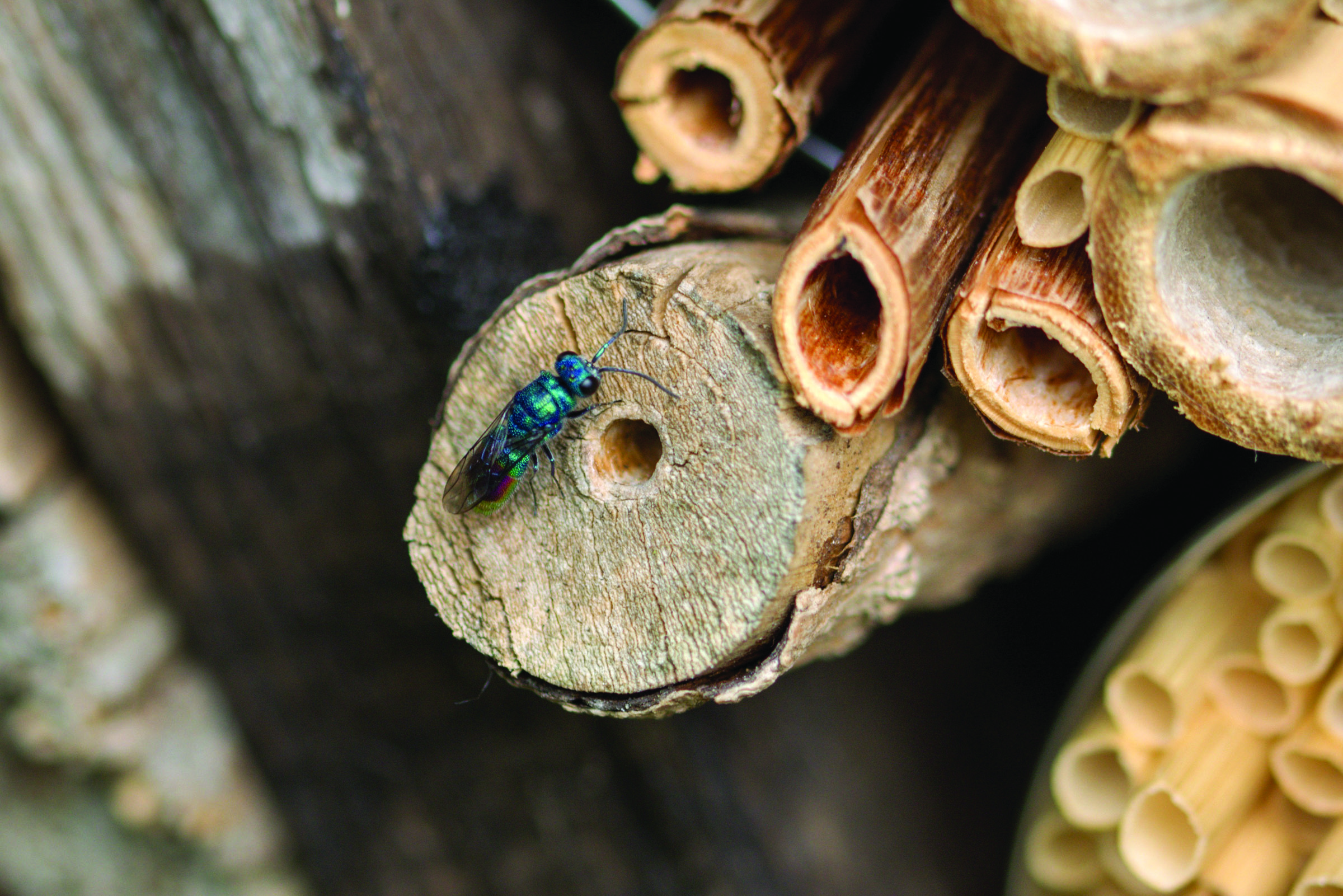Isabelle Bérubé and her husband built their dream house four years ago on a 12-acre property in Quebec’s Eastern Townships, an hour’s drive southeast of Montreal. Passionate nature lovers, they planted flower gardens, vegetables and fruit trees to get the most out of country life.
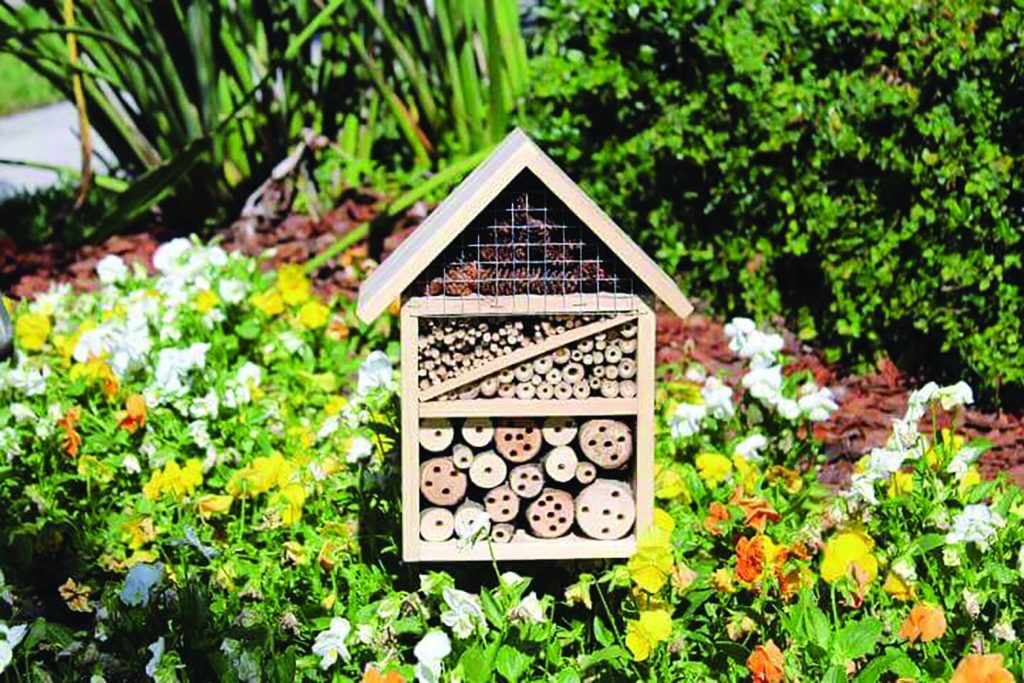
Then Bérubé built a second dream house – just to attract bees. Her thinking with her first bee house was: ‘Build it, and they will come.’ And come they did.
“It was a test,” Bérubé says of the bee house she made with scrap wood. It had multiple holes and compartments in it and measured five-by-two feet. “They (Mason bees, the first pollinators of the season) started going into all the different holes. They laid their eggs, put in nectar and pollen and then sealed it with mud. I was amazed! It worked,” she says.
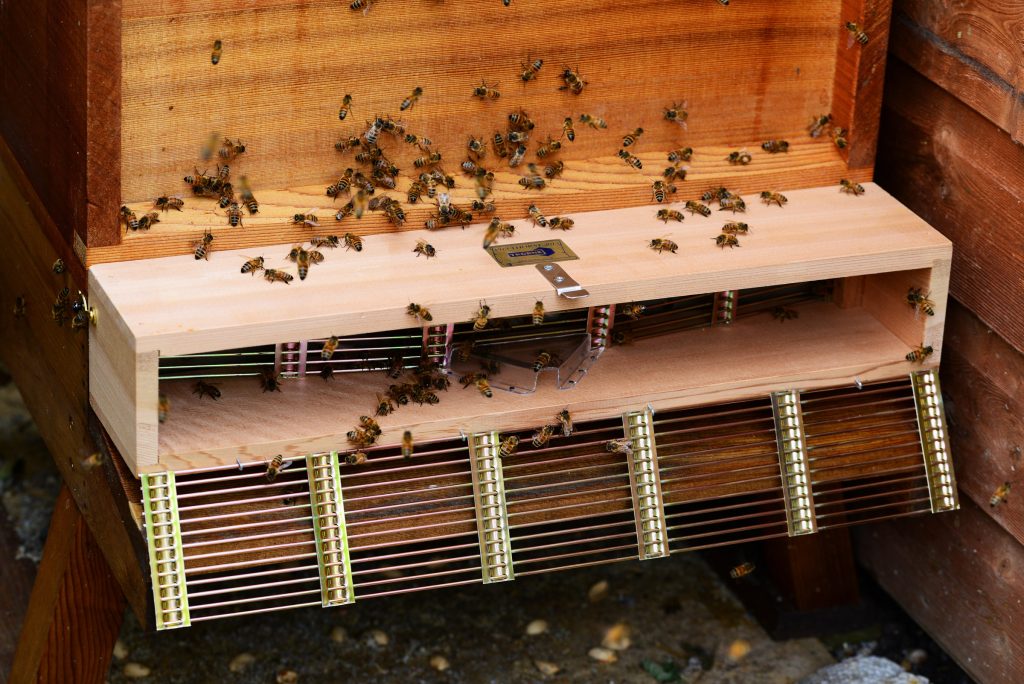
The following spring, Bérubé recalls, the eggs hatched and the bees were out pollinating her garden.
Just as man and woman cannot live by bread alone, bees need more than nectar and pollen. They need shelter from the elements, somewhere to breed. Gardeners have begun to recognize this and are embracing the housing challenge. As a result, bee hotels, as well as bug condos and insect houses, are helping bees, butterflies and valuable insects to thrive.
“Habitat is as important as providing food for bees,” says Nigel E. Raine, a professor and chair of the Rebanks Family Chair in Pollinator Conservation at the University of Guelph.
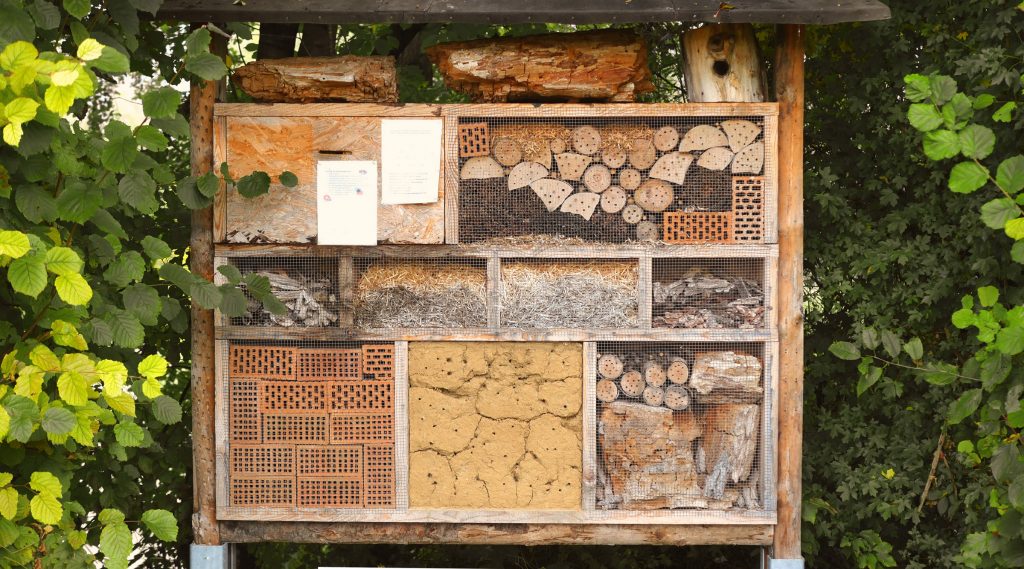
He supports anything that attracts pollinators to the garden. “Almost 90 per cent of flowering plant species worldwide rely on animals and insects for pollination,” he says.
By providing shelter and integrating into gardens native plant varieties and other pollen- and nectar-rich plants, bees, butterflies and other insects are able to better survive the ongoing habitat degradation that occurs as cities grow and natural habitats disappear.
It doesn’t take much to create these crucial niche habitats in an ordinary residential garden. A 10-by-12-by-six-inch box divided into compartments and filled with tube-like structures is a good start. Bamboo poles cut into six-inch lengths make perfect tubes.
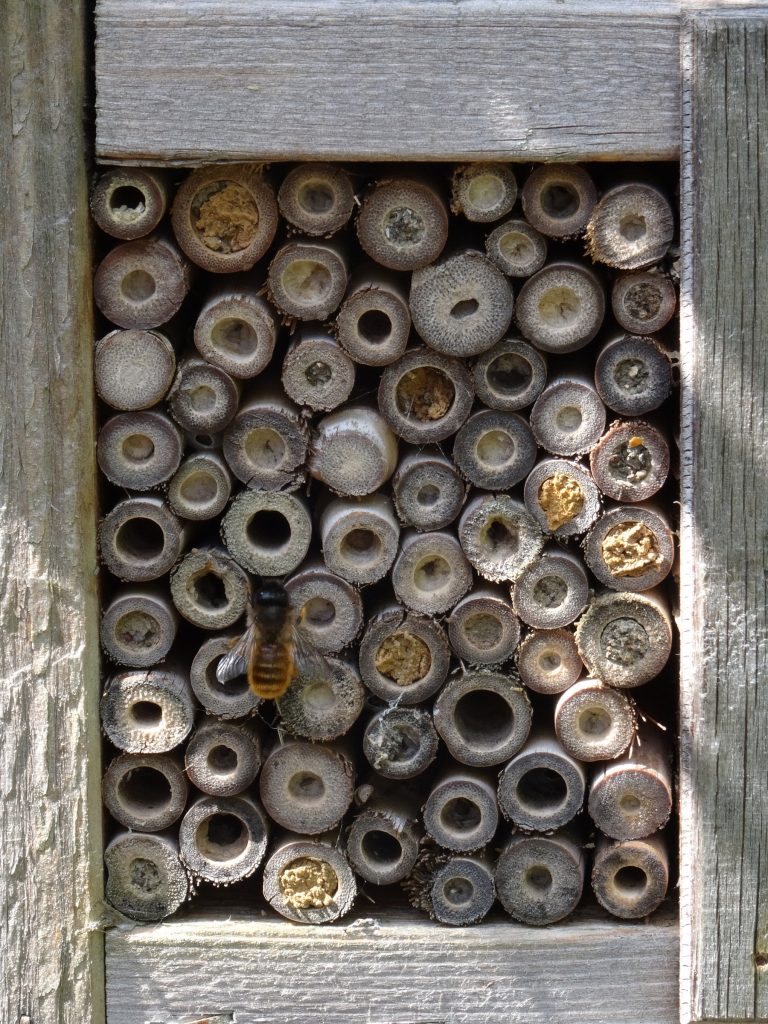
Gardeners who are not that handy or are uninclined to tackle do-it-yourself projects can look online, where there are many models from which to choose.
Alternately, gardeners can leave part of their garden uncovered rather than mulched to allow ground-burrowing native bees to build homes. They can also keep some old wood lying around. If it is rotting, or it has been drilled through with holes, it will quickly become an insect shelter.
Of course, there’s no need to stop with just bees and other insects.
An eight-by-eight-by-eight-inch closed box with shutter-like openings on one side, makes a perfect home for the little brown bat, the most common bat in Canada, now threatened by white-nose syndrome.
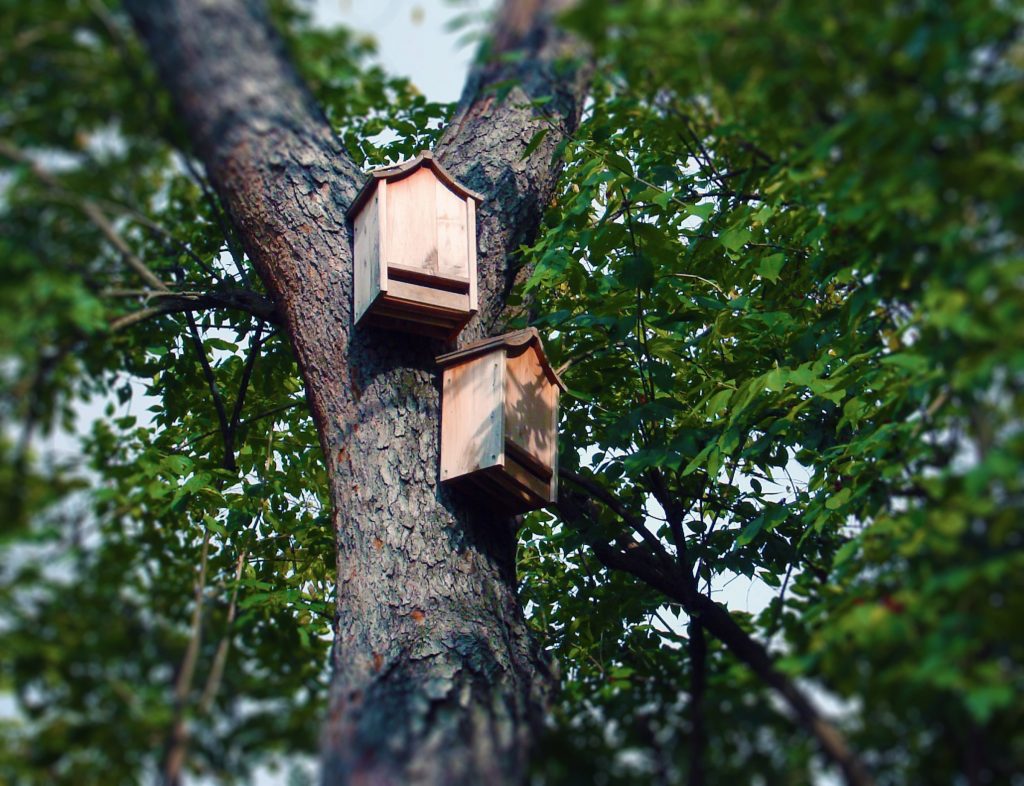
Songbirds, too, can be encouraged to stay in birdhouses, which are easy to build or buy.
Horticultural choices are also important. Planting pollinator-friendly varieties in the garden creates a welcoming environment. Lists of important pollinator plants are available online. A good one can be found here.
Many new plant hybrids are bred for us – with brighter colours and bigger flowers – but they often contain less pollen. For insects, there’s nothing like the real thing with which they have evolved in nature.
“If I had a slogan, it would be helping people to help create life,” says Isabelle Bérubé, who has since refined her bee and insect houses and is now selling them at a nearby nursery, Jardins de l’Écoumène in St. Damien, Quebec. “I feel so proud,” she adds. “It makes my eyes twinkle.”

